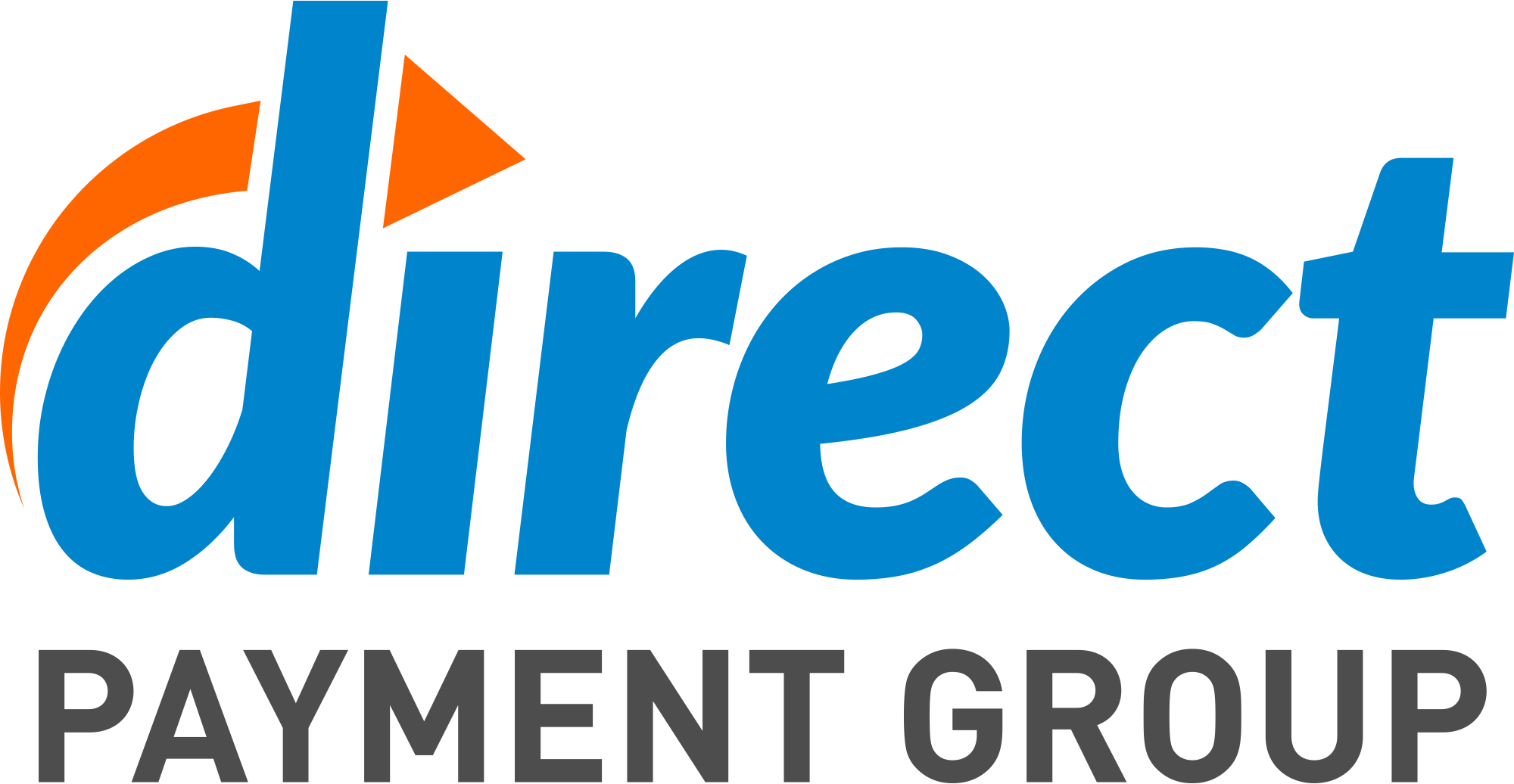How to Address Chargebacks Before They Happen
Chargebacks happen. Whether you sell your goods or services online or in person, you’re going to deal with them from time to time. How often you deal with them, however, is something you have some control over.
Planning is key. Before you receive your first credit card order, you can have measures in place to protect yourself from illegitimate chargebacks and the processing fees that take an even bigger bite out of your profits. Also, it’s never too late to start limiting chargebacks. Even if you’ve been a victim of chargeback scams in the past, these best practices will help expose them for what they are and mitigate the damage to your profits.
First, we’ll need to explore the types of chargebacks you’re up against and why they’re so much more damaging to your bottom line than just issuing a refund. Then we’ll look at some best practices you can use to spot scam chargebacks and protect your revenue, your reputation, and your relationship with your credit card processing company.
Why Chargebacks Cost More Than You Think
Honoring a chargeback request is not simply a matter of losing a sale and restocking an item. Your credit card processing company also incurs a fee, which they will pass along to you. Depending on your processing company, that fee could range between $20 and $100 for each chargeback.
If you have too many chargebacks, measured as a percentage of your total transactions, you not only have to cope with high transaction costs, but you risk your account getting shut down. These additional fees adversely impact your profitability over and above the negative impact of refunding a customer.
Therefore, it makes sense to take as many precautions as possible to limit the number of chargebacks you need to honor. Though you won’t eliminate all chargebacks, these best practices are a great defense against the careless or fraudulent types of chargebacks that could damage your business.
It’s Better to Prevent Chargebacks Than Fight Them
When you take proactive steps to address chargebacks before they happen, you avoid the risk of paying high fees or, even worse, getting your merchant account shut down. The following actions will contribute to drastically decreasing the number of chargebacks you have to fight or issue.
Make Sure Your Payment Descriptor is Accurate
Customers who do not recognize a charge on their credit card statement sometimes initiate a chargeback. They do not recall purchasing something because their credit card statement differs from the name on your website or storefront. Avoid these chargebacks by ensuring your payment descriptor matches your storefront name, whether in person or online. Contact your payment processor to have this information updated.
Set Transparent Return & Exchange Policies
Sometimes customers initiate a chargeback because they are unsure of a company’s return and exchange policies. Set expectations with your policies by including clear language in the terms and conditions of your sale. More importantly, display your policies in your store or on your website and include them on your receipt. Keep them visible, so your customers are more likely to contact you for a refund than contact their credit card company.
Provide In-Depth Product Descriptions
Online retailers must create in-depth product descriptions that accurately reflect the product their customer receives. Include information such as material, weight, and dimensions. If you sell clothing products, offer sizing information with measurements that give your customer the best chance of getting the size right on their first order. When your customer knows exactly what they’re ordering, they are less likely to initiate a chargeback.
Include Professional Photos or Videos
Though a complete description is essential, photos are just as important when you are an online retailer. This allows your customers to see the product before they have it in their hands, reducing the chance they will call their credit card company to initiate a chargeback. It’s difficult for someone to argue they did not know what they were ordering when you have clear pictures and/or videos on your website. Depending on the product you’re selling, providing a 360-degree graphic or a video of your product is a great idea.
Follow Best Practices When Processing Credit Cards
Though actual fraud accounts for only a portion of chargebacks, it is real and you need to look out for it. You cannot stop every instance of unauthorized card use, but you can stop some of it when you follow best practices as you process credit cards. This includes verifying the cardholder’s identity and signature, confirming the billing address, and refusing to process cards with invalid expiration dates.
Provide Contact Information
If your customers cannot easily find out how to contact you with questions about deliveries, refunds, and other customer service issues, they may call their card company and initiate a chargeback. Include your contact information on your website, receipts, and any communication you have with your customers.
Communicate Delays in Delivery
Sometimes businesses have problems with delivery. Causes for delays can occur because of supply or error or a problem with the delivery service. You do not always have control over a delivery delay, but you can control how you respond to it with your customers. Keep your customers updated on any delays. If they wait too long before receiving any information on their order, they are more likely to initiate a chargeback.
Prioritize Customer Service
Excellent customer service creates loyal customers who want to interact and keep returning to buy more from you. Always go above and beyond to answer questions, satisfy customers, and make reasonable accommodations to ensure your customers are pleased with their order and your company. Loyal customers typically do not initiate chargebacks.
Keep Meticulous Records
Your business must have impeccable record-keeping capabilities. First, good record keeping allows you to provide exceptional customer service. You have answers to customer questions and concerns at your fingertips when they come into your store, email you, or call you. Second, good recordkeeping practices provide you with the information you need to fight chargebacks when they happen.
Provide Proof of Delivery
Providing proof of delivery to your customers is primarily for online retailers, but it is key to avoid chargebacks. You can use auto-reply software to deliver receipts and proof of delivery. Sometimes customers do not realize their products have arrived, or maybe the delivery person dropped the package at the wrong address.
Proof of delivery information allows you to find out what happened to the package. Additionally, those who attempt to initiate a chargeback with their credit card company sometimes commit fraud and say they have never received a package. Proof of delivery information makes it next to impossible for them to deny receipt.
These best practices not only protect you from many chargeback requests, but they also help build a solid relationship with both your customers and your credit card processor. As we move into a new year, it may be a good time to take an audit of your policies and see if any of these are missing.
Direct Payment Group can help you implement chargeback best practices. Click on the button below to start a conversation.






